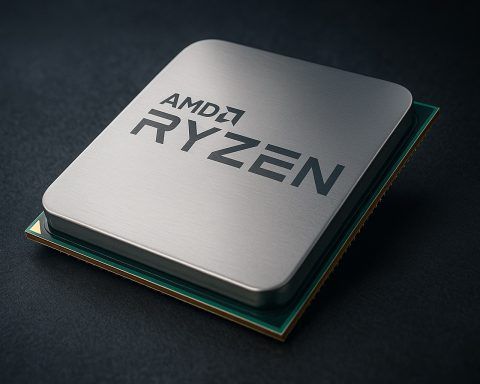- Rare public appearance: DeepSeek sent senior researcher Chen Deli to the World Internet Conference in Wuzhen—its first on-stage showing in months after the startup’s breakout earlier this year. [1]
- Jobs at risk: Chen said AI could cause widespread job losses within 5–10 years and pose a “massive challenge” over the next 10–20 years. [2]
- Call for responsibility: He urged tech firms to act as “guardians of humanity” and even whistleblowers as systems grow more capable—framing today as a short-term “honeymoon phase.” [3]
- Why it matters: DeepSeek’s low‑cost, high‑performing models have made it a standard-bearer for China’s AI ambitions and a competitive foil to U.S. leaders. [4]
What happened
Speaking on a six-company panel at the World Internet Conference in Wuzhen, Zhejiang, DeepSeek senior researcher Chen Deli sketched a stark timeline: AI is helpful now, but within five to ten years it could be good enough to replace many human tasks, triggering a wave of job losses and social strain. He added that over the next 10–20 years, AI might take over most remaining work, creating a “massive challenge” that technology companies must help society navigate. [5]
Chen framed today as a “honeymoon phase”—a period when AI boosts productivity but still requires human oversight. As capabilities advance, he said, companies should become “guardians of humanity,” prioritizing safety and helping to reshape social order; he also endorsed a whistleblower posture to warn the public about risks. [6]
Why this is a big moment for DeepSeek—and for AI
DeepSeek has kept a low public profile since its surprise rise in January. Reuters notes the company has largely avoided conferences; its only prior public moment this year was CEO Liang Wenfeng’s televised meeting with President Xi Jinping in February. Friday’s panel marked DeepSeek’s first public appearance in nearly a year, underscoring the weight of Chen’s comments. [7]
The remarks also come amid scrutiny of China’s “six little dragons” of AI. Chen shared the stage with leaders including Unitree and BrainCo at the government-organized forum, highlighting how Beijing has positioned DeepSeek as a symbol of technological resilience as U.S.–China tech rivalry intensifies. [8]
The company context: models, chips and momentum
Although DeepSeek hasn’t released a major model upgrade since January, it drew attention in September with an experimental V3 update aimed at improving training efficiency and long‑context performance. Chinese AI‑chip players such as Cambricon and Huawei now offer hardware compatible with DeepSeek’s models, and an August tuning for domestic chips even helped lift local chip stocks, illustrating the startup’s growing pull across China’s AI stack. [9]
Business Insider reports that DeepSeek, founded in 2023, jolted the industry with its R1 reasoning model, pitched as matching top systems—including OpenAI’s o1—at a fraction of the cost, and noted U.S. concern that China’s open‑source surge could narrow the gap in foundational AI. [10]
What experts and outlets are saying today (Nov. 10)
Coverage today amplified three themes from Chen’s appearance:
- The timeline risk — Job displacement within a decade and broader social disruption over 10–20 years. (Business Insider highlights the “guardians of humanity” framing.) [11]
- Corporate duty of care — Calls for companies to act as whistleblowers as models scale, a line also echoed in regional reporting. [12]
- DeepSeek’s rare visibility — The Wuzhen panel as a milestone in the startup’s public stance following its breakout. [13]
Between the lines
- A shift in tone: DeepSeek’s warning recognizes the dual‑use nature of frontier AI—the same efficiency gains that lower costs can accelerate displacement across sectors from customer support and finance to portions of engineering and creative work. Chen’s “honeymoon phase” metaphor suggests a narrowing window for policy, reskilling, and safety standards to keep pace. [14]
- Industrial strategy: By tying progress to domestic chips and a homegrown ecosystem, China is using DeepSeek’s models to de-risk supply chains and cultivate platform independence—an industrial policy angle visible in market reactions to model updates optimized for Chinese hardware. [15]
What to watch next
- Roadmap clarity: Reuters notes no major model since January; all eyes are on DeepSeek’s next-generation release and whether it pushes beyond “experimental” updates toward widely deployed systems. [16]
- Labor cushions: With a five‑to‑ten‑year risk window, expect heightened debate over reskilling, income supports, and AI impact audits—the kind of measures implied by Chen’s call for corporate “guardianship.” [17]
- Policy signaling: Watch if Chinese regulators or industry groups formalize whistleblower‑style reporting on automation impacts following the Wuzhen conversation. Regional reporting has already picked up that language. [18]
Sources & today’s coverage
- Business Insider (Nov. 10, 2025): Report on Chen’s “honeymoon phase,” “guardians of humanity,” and whistleblower framing; recap of DeepSeek’s R1 and U.S. response. [19]
- Reuters (Nov. 7, 2025, updated): On-site report from Wuzhen; first public appearance in months, job-loss timeline, “defender” quote; context on V3, chip ecosystem, and market reaction to August model optimization. [20]
- South China Morning Post (Nov. 9–10, 2025): Coverage emphasizing the “whistle‑blower” call and the “six little dragons” backdrop. [21]
- The Information (briefing, Nov. 10, 2025): Headline briefing noting the negative‑impact warning and the rarity of DeepSeek’s appearance. [22]
- Additional same‑day summaries (Nov. 10, 2025): Regional tech/markets outlets recapping the Wuzhen remarks and “jobs‑in‑a‑decade” timeline. [23]
References
1. www.reuters.com, 2. www.reuters.com, 3. www.businessinsider.com, 4. www.businessinsider.com, 5. www.reuters.com, 6. www.businessinsider.com, 7. www.reuters.com, 8. www.reuters.com, 9. www.reuters.com, 10. www.businessinsider.com, 11. www.businessinsider.com, 12. www.scmp.com, 13. www.businessinsider.com, 14. www.businessinsider.com, 15. www.reuters.com, 16. www.reuters.com, 17. www.businessinsider.com, 18. www.scmp.com, 19. www.businessinsider.com, 20. www.reuters.com, 21. www.scmp.com, 22. www.theinformation.com, 23. www.ndtvprofit.com
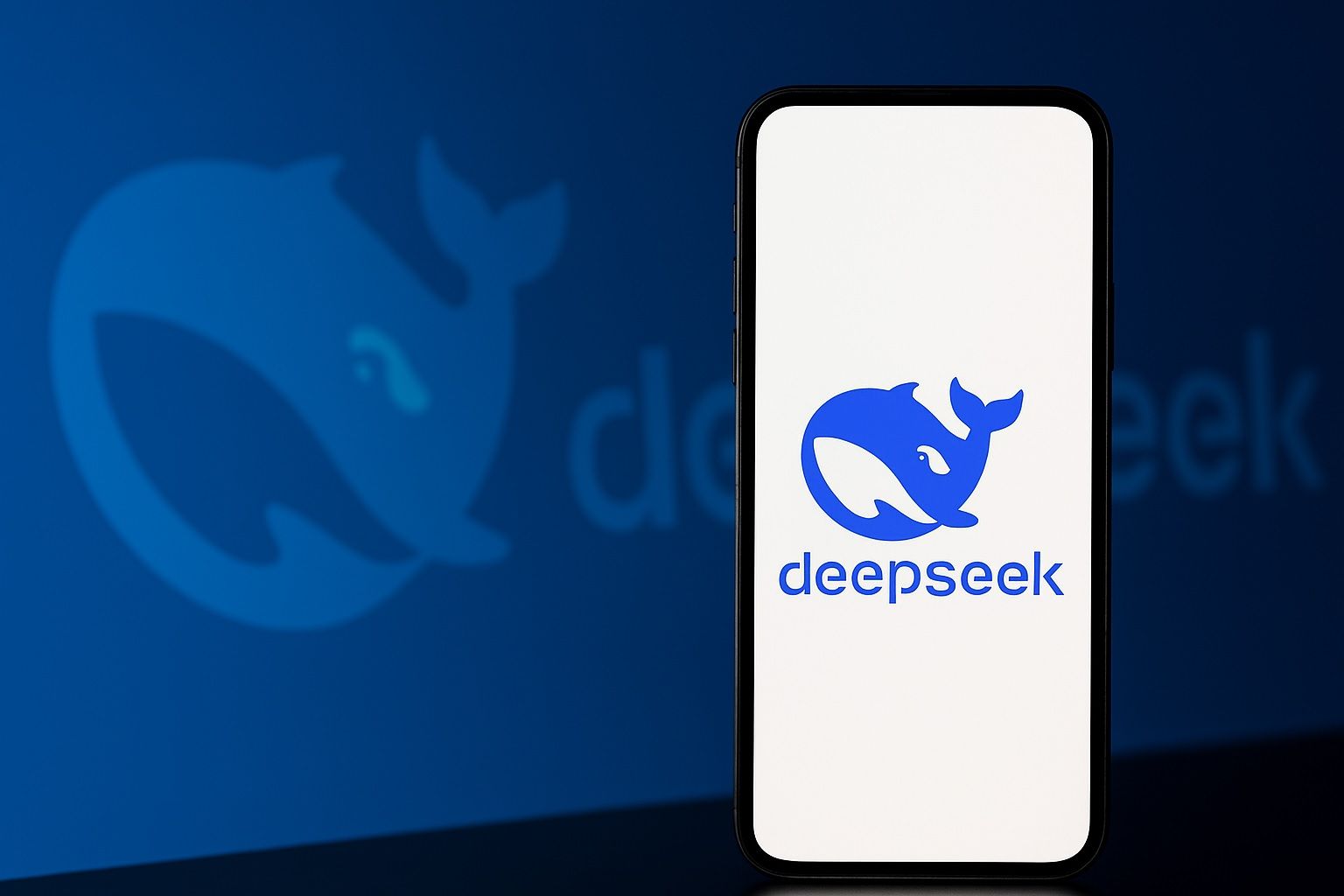





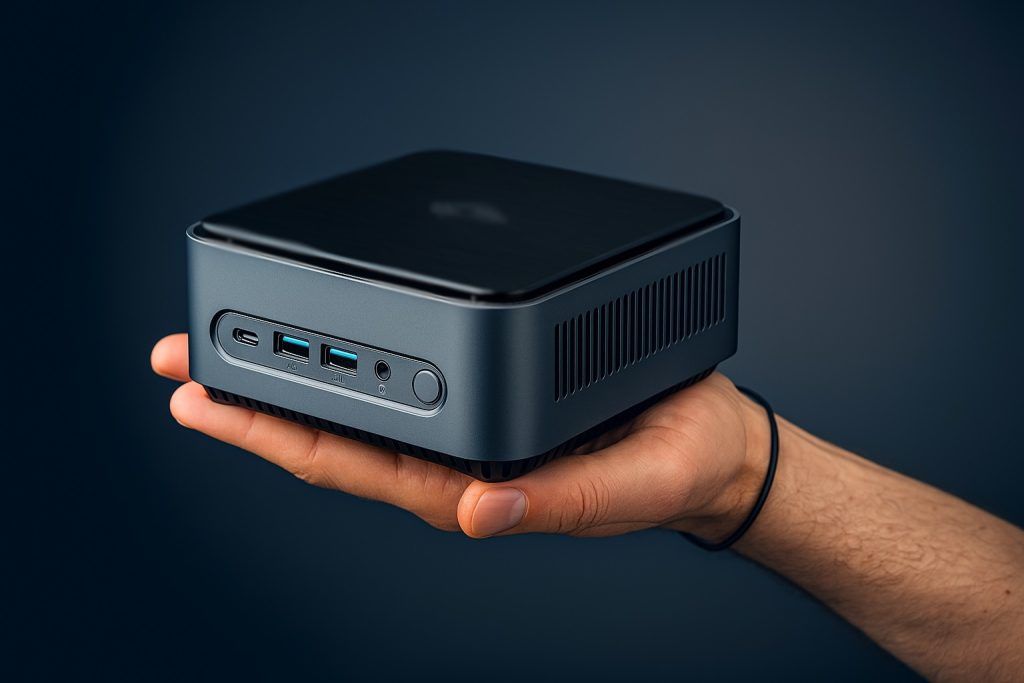

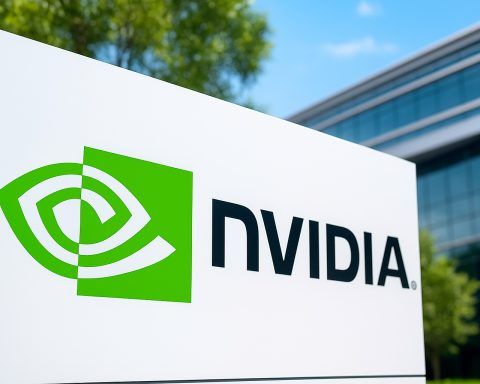

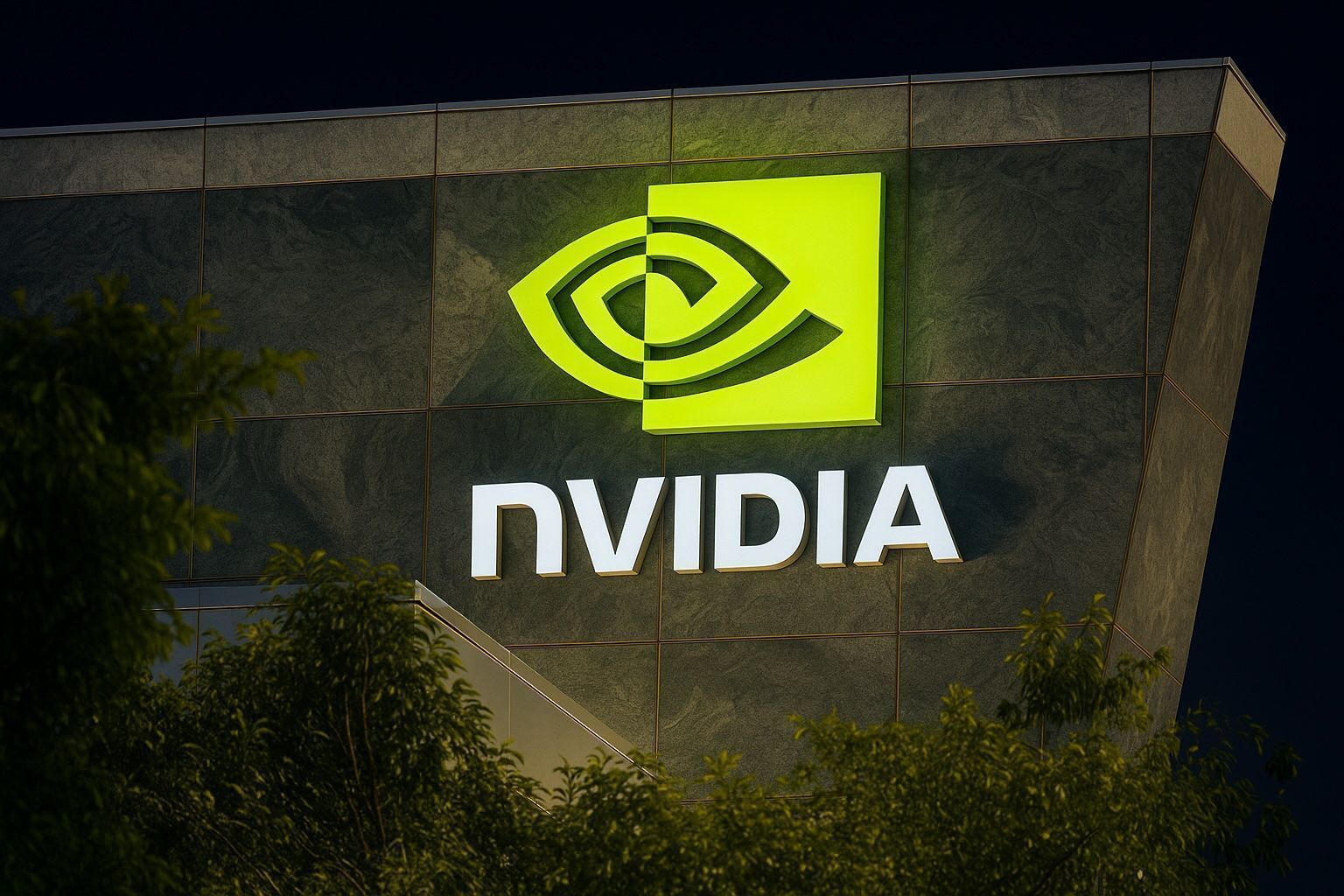
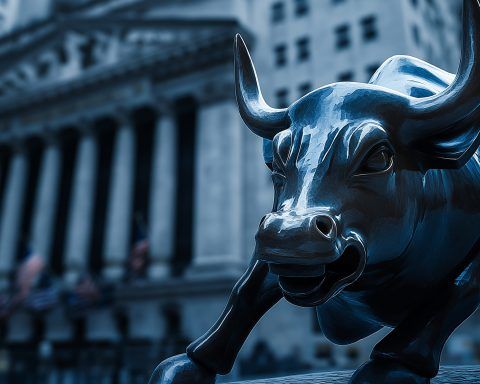
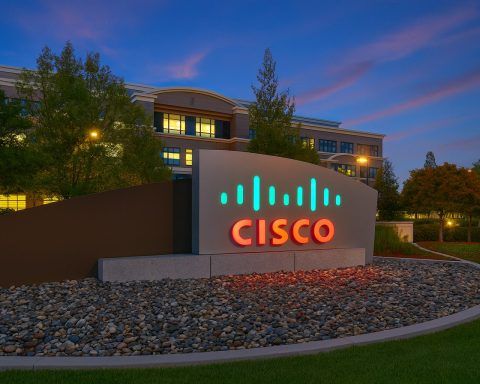

![HubSpot (HUBS) Plunges ~18% After Q3 Beat: Raised 2025 Guidance, New AI Push, and Meta’s Clara Shih Joins the Board [Nov. 6, 2025] HubSpot (HUBS) Plunges ~18% After Q3 Beat: Raised 2025 Guidance, New AI Push, and Meta’s Clara Shih Joins the Board [Nov. 6, 2025]](https://ts2.tech/wp-content/uploads/2025/11/HubSpot-Inc-480x384.jpg)
